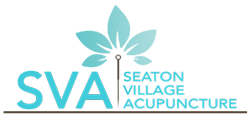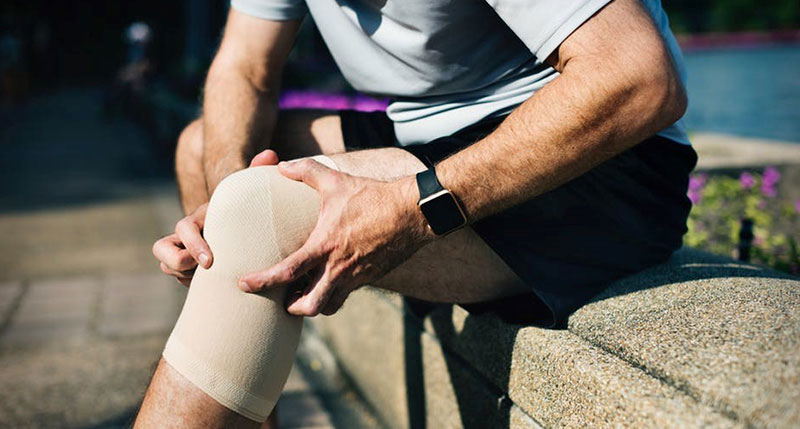If you’re looking for an alternative approach to pain relief and tissue repair, you may find your answer in cold laser therapy. For over 50 years, doctors, dentists, acupuncturists, physical therapists, and other medical professionals have been using cold laser therapy―also called Low Level Laser Therapy (LLLT)―to treat a surprisingly wide range of physical ailments ranging from acne, burns, and rashes to fibromyalgia and carpal tunnel.
LLLT is used to reduce swelling, treat slow-healing wounds (such as those related to diabetes), promote soft tissue and joint repair, and relieve pain, so it’s no surprise its applications are diverse. Sports medicine practitioners frequently offer LLLT as a treatment for tendonitis, bursitis, tennis elbow, and muscle strains. Physical therapy offices also use the technique to help those with neck pain, knee pain, or low back pain. And acupuncturists sometimes use cold laser therapy in place of needles because the laser beams can stimulate acupoints the same way needles do, without piercing the skin.
How Does Cold Laser Therapy (LLLT) Work?
Invented in the 1960s by Hungarian physician Endre Mester, clinical studies of LLLT began in 1967. Since then, over 2,500 studies have been published, some of which included double-blind, placebo-controlled testing. Though many of these studies were conducted on animals, not humans, and methodologies have been critiqued as inconsistent, overall study results indicate cold laser therapy is effective for pain relief.
During an LLLT treatment, a compact, handheld laser is placed over the injured area for a short period of time, ranging from 30 seconds up to several minutes. The intensity of the laser and the size and type of injury being treated determine the duration of treatment.
While the treatment is happening, the non-thermal photons of light emitted by the laser pass through the layers of the skin, penetrating anywhere from two to five centimeters below the skin’s surface. When the targeted cells absorb this energy, it kicks off a physiological reaction, encouraging the cells to heal, repair and normalize damaged tissue. The result? Reduced pain and inflammation and faster healing times.
The Downsides of Cold Laser Therapy
While there are far fewer dangers associated with cold laser therapy than the heated lasers used for surgery and ablations, there are a few precautions to keep in mind. First, never look directly at the light of the laser. Second, never use LLLT around the thyroid area. And last, irritation can occur if cold lasers are applied to the same area for too long or too often, so it’s best to proceed under the care of a health professional.
Beyond these risks, it’s important to note that cold laser therapy isn’t an overnight cure-all. It may take up to a month of treatment (with up to four sessions each week) before seeing results. Though LLLT stimulates healing in a variety of cells ranging from cartilage and ligaments to muscles and nerves, results vary by person.
Finally, because cold laser therapy is still considered an alternative medicine treatment, not all insurance companies will cover the cost. Do your due diligence, and give your insurance carrier a call before diving in.
Is Cold Laser Therapy or PEMF Better for my injury?
While cold laser therapy offers an alternative way to treat pain, there’s one more option you may also want to consider: PEMF, or pulsating electromagnetic fields. Whereas cold laser therapy certainly has its place in treating injuries or issues close to the skin’s surface, PEMF is more broadly applicable―you can even receive a whole-body session. PEMF can also boost the effects of LLLT when used pre- or post-session. Both claim to deliver pain relief, but of the two, PEMF offers a deeper healing result and, in certain instances, may even be a surgical alternative. For more information, check out our next post, later this month, about PEMF.
Sources:
https://www.spine-health.com/treatment/pain-management/cold-laser-therapy-pain-management-treatment
https://www.healthline.com/health/cold-laser-therapy#purpose
https://www.devicewatch.org/reports/lllt.shtml
http://blog.pulsecenters.com/differences-pemf-laser-therapy

